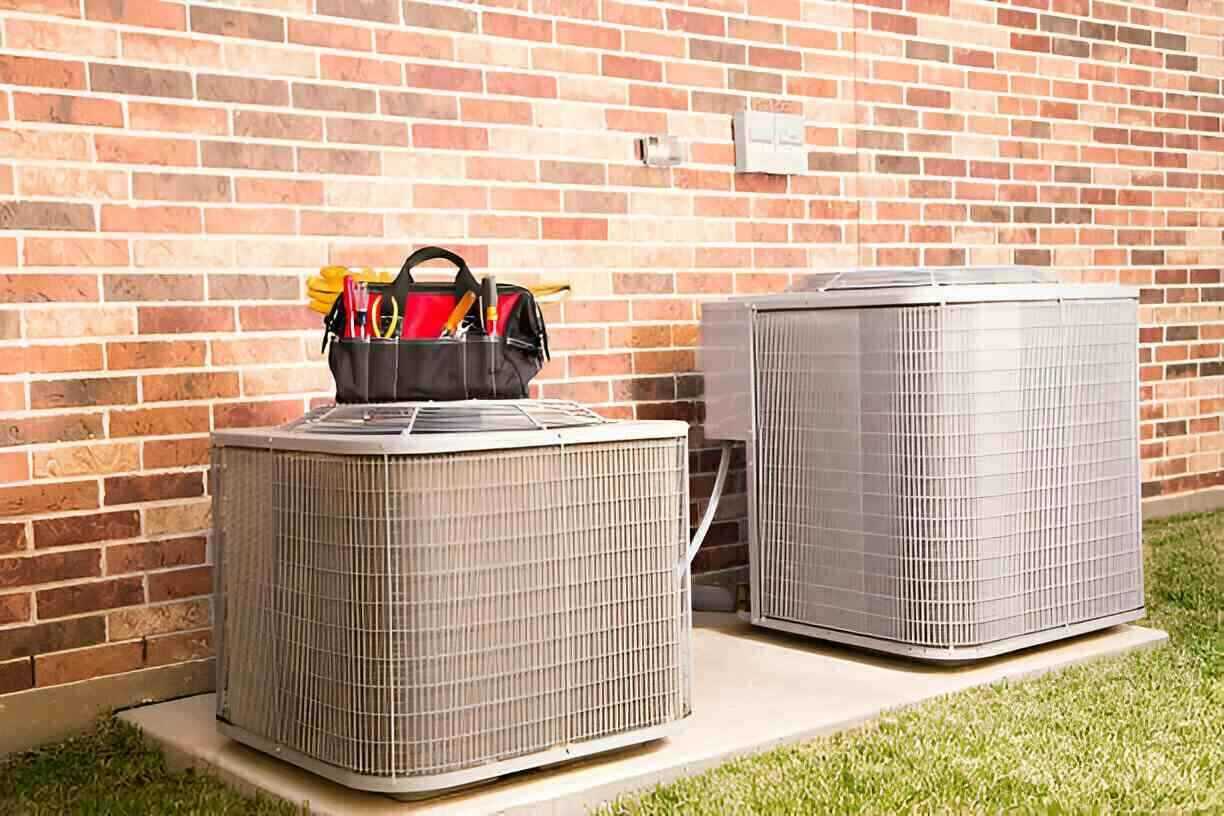AC Installation in Wimauma, FL


Why replace or install a new AC in Wimauma, FL
Common reasons Wimauma homeowners and business owners choose a new AC installation:
- Old systems with frequent breakdowns or refrigerant repairs, especially units older than 10-15 years.
- Rising energy bills and reduced cooling capacity during peak summer months.
- Inconsistent temperatures, humidity problems, or unwanted odors suggest failing components or poor ductwork.
- R22 phaseout and difficulty sourcing refrigerant for older units.
- New construction, building additions, or major renovations that require a correctly sized system.
- Desire for improved indoor air quality, zoning, or higher efficiency to offset Florida electricity costs.
Local climate influences: Wimauma’s high humidity means dehumidification performance is as important as cooling capacity. Coastal and near-coastal properties may require corrosion-resistant outdoor condensing units and attention to protective coatings. Florida and Hillsborough County permitting and code requirements also affect equipment selection and installation methods.
Common AC installation types and issues in Wimauma
- Split system replacements (most common for single-family homes)
- Heat pump installations for combined heating/cooling efficiency
- Ductless mini-splits for additions, garages, or rooms without ductwork
- Commercial rooftop or packaged systems for businesses
- Full duct replacement or redesign when ducts are undersized, leaky, or dirty
- Zoning installations for multi-zone comfort control
Typical problems discovered during assessment:
- Undersized or oversized equipment relative to the home’s cooling load
- Leaky, poorly insulated, or unbalanced duct systems
- Improper refrigerant charge or airflow issues on exiting equipment
- Corroded outdoor units in salty or humid environments
- Lack of proper condensate drainage causing water damage or mold
Diagnostic and pre-installation assessment
A thorough site assessment is the first step in any new AC installation in Wimauma, FL. Key elements include:
- Home or building inspection to evaluate insulation, orientation, windows, and sun exposure
- Manual J load calculation to determine correct system size based on local conditions and building specifics
- Duct inspection or design review to check for leaks, insulation, sizing, and airflow capacity
- Electrical panel evaluation to confirm breaker capacity and required upgrades
- Condensate and drainage review to prevent moisture problems
- Permit and code review to ensure compliance with Florida Building Code and Hillsborough County requirements
The assessment drives equipment selection, ductwork recommendations, and a clear scope for permits and inspections.
Equipment selection and sizing guidance
Choosing the right equipment balances efficiency, durability, and cost:
- Efficiency metrics: SEER ratings matter for long-term operating cost; higher SEER is beneficial in Wimauma’s climate but balance cost with expected energy savings.
- Variable-speed compressors and two-stage systems provide better humidity control and more consistent temperatures.
- Corrosion-resistant finishes and protective coatings are recommended for properties exposed to salt air.
- Consider indoor air quality options such as upgraded filtration, UV lights, and whole-home dehumidification in high-humidity homes.
- Select properly sized equipment based on the Manual J load; oversized units short-cycle and underperform on humidity control.
Permits, code compliance, and documentation
Installations in Wimauma must meet Florida Building Code and local Hillsborough County permit rules. The process typically includes:
- Submitting permit applications and equipment specifications
- Scheduling inspections for mechanical and electrical work
- Ensuring refrigerant handling follows EPA rules and proper documentation
- Providing warranty and installation paperwork after final inspection
Proper permitting protects your property value and ensures work is inspected to safety standards.
Step-by-step installation process
A typical new AC installation follows these stages:
- Finalize equipment selection and obtain permits
- Prepare site: electrical upgrades, pad placement for condensing unit, and necessary structural modifications
- Remove existing equipment and dispose of old refrigerant and components per environmental rules
- Install new outdoor condensing unit and indoor air handler or furnace; connect refrigerant lines and electrical
- Repair, modify, or install ductwork as specified in the assessment
- Evacuate and charge refrigerant to manufacturer specifications
- Test system airflow, temperature split, electrical loads, and safety controls
- Commission system for performance: verify dehumidification, airflow balance, thermostat calibration, and zone controls
- Post-installation walkthrough explaining operation, maintenance needs, and warranty coverage
System testing, commissioning, and warranty
Commissioning is critical to ensure peak performance. Technicians will:
- Measure static pressure, airflow, and refrigerant pressures
- Confirm correct refrigerant charge and compressor operation
- Verify thermostat placement and control settings
- Test condensate drainage and safety shutoffs
Warranty documentation typically covers manufacturer parts and may include labor for a specified period. Keep all paperwork and registration information filed for future service needs.
Typical timelines and cost considerations
Timelines vary by project scope:
- Standard split system swap with minimal duct work: 1-3 days
- Systems requiring duct repairs or partial replacement: 2-5 days
- Full duct replacement, significant electrical upgrades, or complex commercial work: up to 1-2 weeks including inspections
- Permit turnaround times can add days to weeks depending on county workload
Cost factors include system capacity, efficiency rating, ductwork condition, electrical upgrades, and any structural work. Wimauma-specific considerations such as corrosion-resistant materials or enhanced dehumidification can affect price. Getting a detailed, itemized estimate based on a Manual J calculation and duct inspection provides the most accurate expectation.
Post-installation care and maintenance tips
To protect your investment and maintain efficiency:
- Change or clean filters per manufacturer recommendations, typically every 1-3 months
- Schedule annual tune-ups before the cooling season for refrigerant, electrical, and airflow checks
- Keep the outdoor unit clear of debris and vegetation and maintain 2-3 feet of clearance
- Monitor condensate lines and pans for clogs or standing water
- Use programmable or smart thermostats to optimize runtime and humidity control
- Address duct leaks or insulation issues promptly to preserve efficiency
A professional, code-compliant AC installation in Wimauma, FL tailored to local climate and building specifics delivers reliable comfort, better humidity control, and long-term energy savings. A thorough assessment, correct sizing, proper ductwork, and careful commissioning are essential steps to ensure your new system performs as intended throughout Florida summers.
Service Areas


